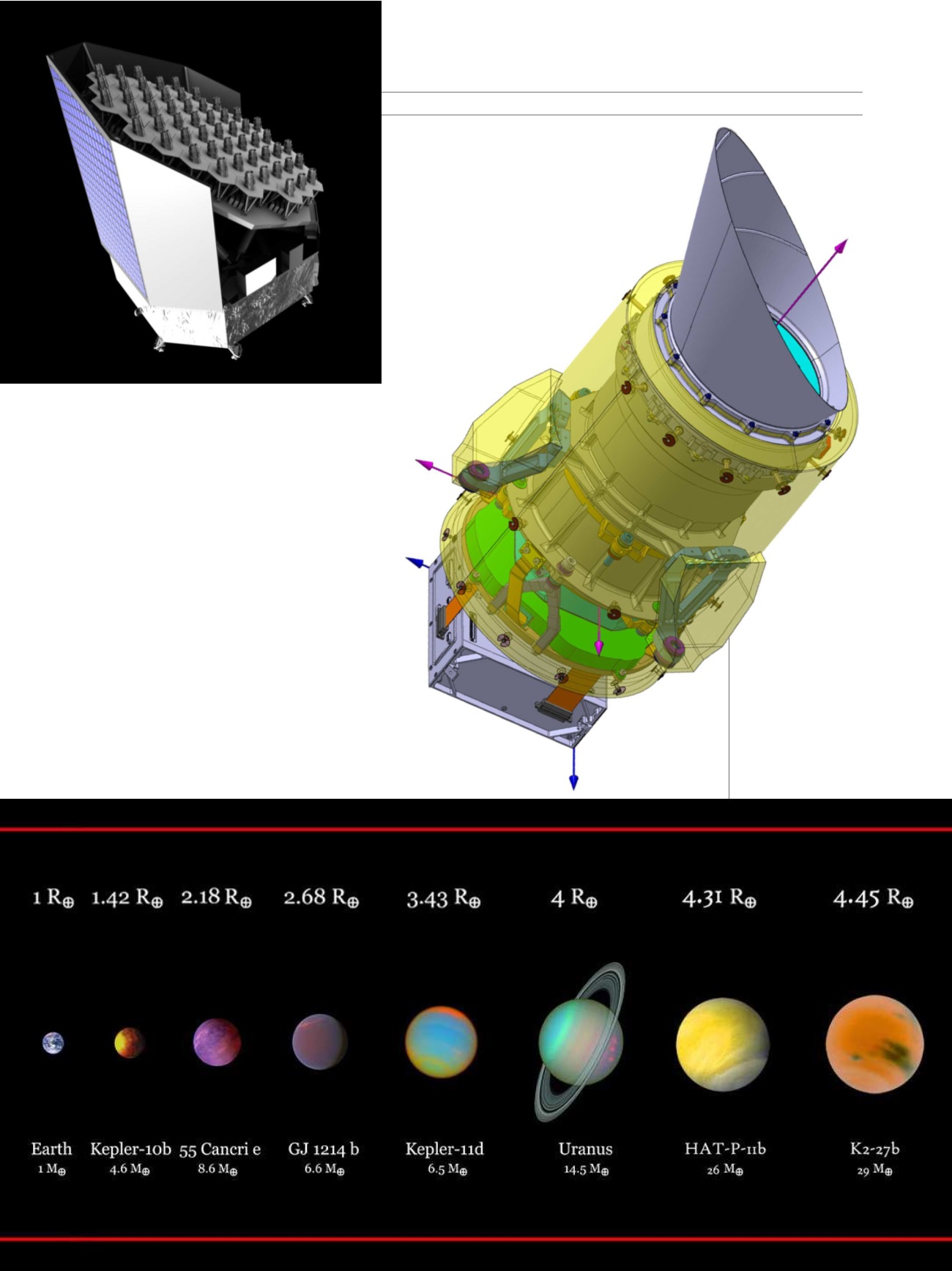

now slated for 2026, it is too early
to specify in detail what the
mission’s observational stra-
tegies will be, because they
depend on advancements
in our knowledge of
exoplanets and
the continu-
ing devel-
observe in them. The PLATO project has a
ten-year history, having first been pro-
posed in 2007 as a possible mission to un-
dertake as part of the Cosmic Vision
Programme 2015-2025 that the ESA pre-
sented in 2005 for the long-term planning
of a cycle of space missions with diverse
targets. After making it through the as-
sessment (2009) and definition (2010)
steps, the PLATO mission was selected in
2011 along with other candidates for a
possible launch in 2024.
Three years later, PLATO became part of
the Cosmic Vision Programme, and be-
tween 2015 and 2016 the ESA commis-
sioned studies by Thales Alenia Space, OHB
System AGV and Airbus DS to define the
spacecraft’s systems and subsystems. At
last, on 20 June, PLATO was officially added
to the ESA’s scientific programme, which
means moving from the design phase to
the actual construction of the space vehicle
and its instrumentation. Because launch is
A
t the
top
left and near
left, draft di-
agrams of the
PLATO space-
craft and its
array of cameras.
[Thales Alenia
Space, ESA]
Below, on two
pages, the rela-
tive sizes of Earth,
Uranus and Sat-
urn and a few ex-
oplanets. Their
radii and masses
are shown. [NASA]
ASTRONAUTICS
















